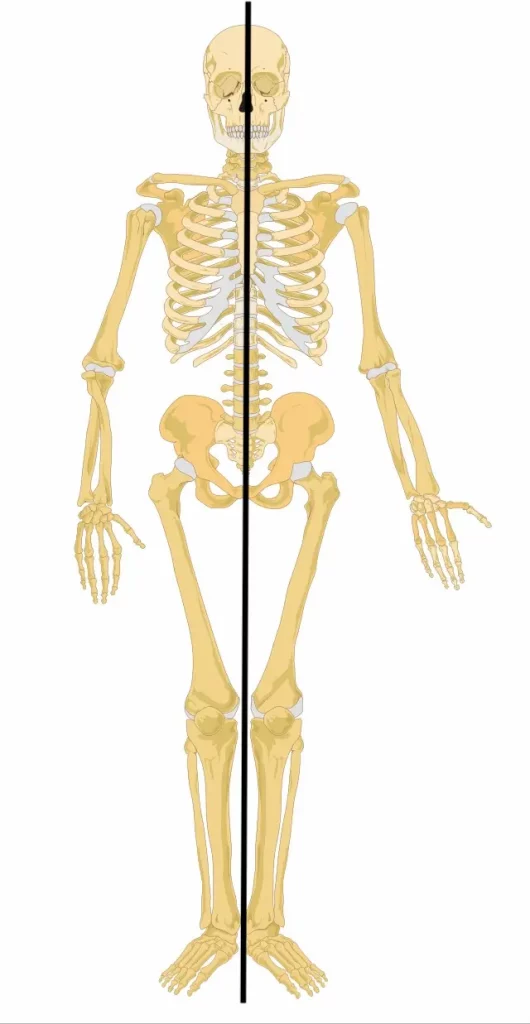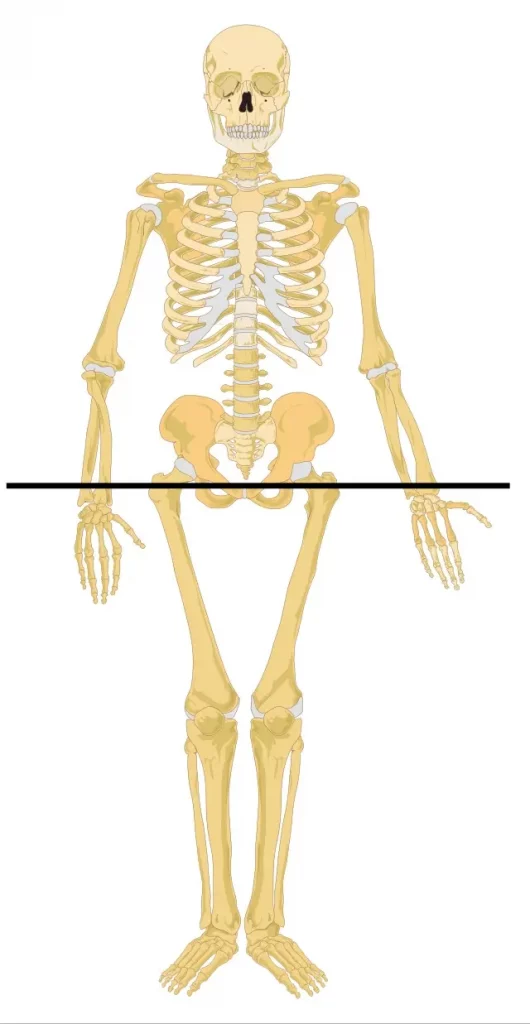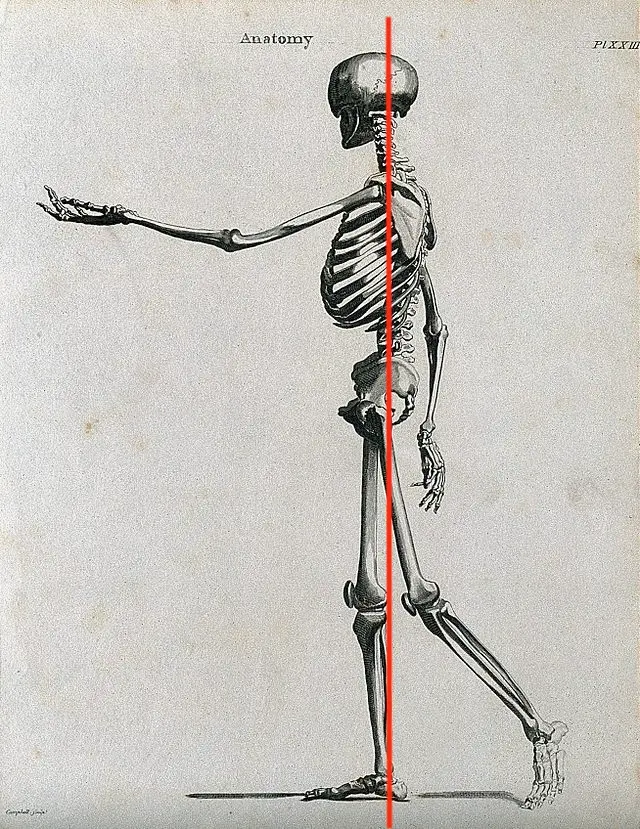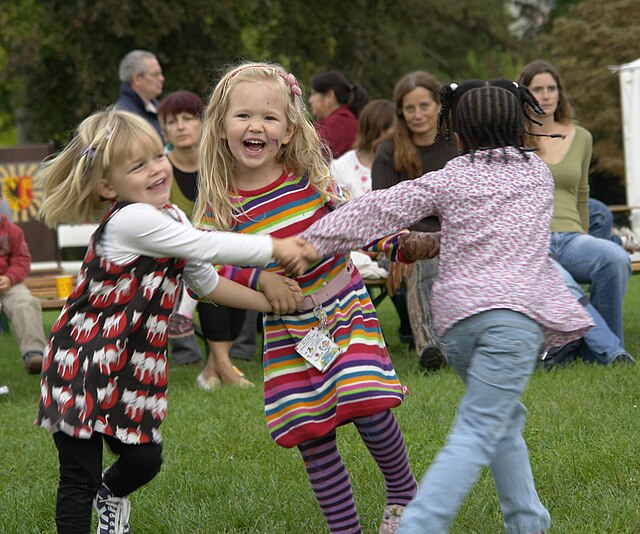Last week’s post was called Brain Hemispheres in Education. There, we discussed the differences between the right and left hemispheres of the brain and how this knowledge can inform education. In this post, we want to give some more practical indications for bringing this wisdom into our teaching and homeschooling. We want to understand the basics of building neuroplasticity.
Midlines of the Body
I’ll begin by saying that anything we do to increase body dexterity simultaneously impacts our emotional and mental life. People are quick to come up with one mental technique or another to try to change the whole organism. However, such a top-down approach is rarely effective with children and youth. It’s usually not with adults, either. If our interest is in building neuroplasticity, we have to work from the bottom-up.
For that, we need to understand the three midlines of the body. The first is the right-left midline, and this regulates thinking. Building our ability to cross this midline weaves the right and left brain hemispheres together. This positively impacts our cognitive health. The second is the up-down midline. This regulates feeling. Gaining mastery over this midline helps stabilize mood. This is reason that yoga postures, for example, which invert the body help the mood.
The final midline is the front-back axis. This regulates our willing. It is fascinating to see young children who lack the ability to stop on a dime and change direction. These are the ones falling all over themselves in games like “Red Light, Green Light.” It indicates that they struggle with impulse control. These are the disruptive ones. Mastering this midline therefore helps us control these impulses which could otherwise get us into trouble.



Exercises for Building Neuroplasticity
The foundation for building neuroplasticity is to exercise these three midlines regularly. This is especially important in children. Here are some indications:
- Right-Left Midline:
- Beanbag games that move the bag from one side of the body and hand to the other.
- Juggling
- Any game or movement that crosses the limbs, one over the other. An example would be doing a circle dance using grapevine step.
- Up-Down Midline:
- Anything which moves the head below and above the horizontal midline. For example, pretend you are a bunch of weeping willow trees. Hang for half a minute or so and then slowly sand back up again.
- A great exercise is to clap above the head, behind the back, all the way down at the feet (making the child bend over in the process), and in front of the waist. One does this repeatedly quite a few times.
- Front-Back Midline:
- Anything which involves a quick change of direction forwards to backwards or backwards to forwards.
- In my class back at Asheville Waldorf School, I used to work this by doing a marching game and when I hit a stick, they had to quickly change direction. The hits were random so they never knew when they were coming. However, they loved it.
Concluding Thoughts
When working with children, do not bring these exercises in rote and pedantic ways. (That’s the first way to start hardening the soul and creating materialists.) Bring them with images and verses. In this way, you spiritualize their movements and avoid making them mechanical. The body is not a biological machine. It’s a sacred geometric temple of soul-spiritual incarnation. Treat it as such by engaging not just the body but also the heart and mind as you move with them.
The way you do this is by ensouling your movement with imagery and verse. For example, if you’re doing a movement that lifts the chest and arms up from the floor, bring in a verse about a little robin redbreast. Or, if you’re doing a beanbag pass from one hand to the other over the head, bring a verse about a rainbow. Games also work well. I mentioned “Red Light Green Light” earlier. Many children’s games already have these skills woven within them. You can mix it up. Have them try it both forward and backwards. They will love the variation and you will be working the midline in both directions.
Get creative with this. Make it a daily part of your lessons, regardless of whether or not you have a special needs child. All children benefit from these things, and you will see the fruits later in life.


Leave a Reply
You must be logged in to post a comment.